When selecting cables, pay particular attention to
good abrasion and gliding properties. An ideal jacket material is TPE.
Recommendation: chainflex® cable CF9
twisterband
Installation guide for twisterband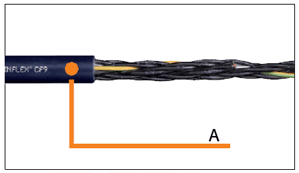
TPE outer jacket
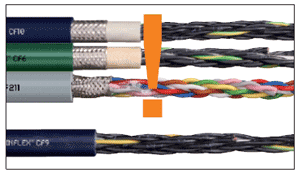
Special shielded cables for the use in twisterband are in preparation. Please contact us if the use of shielded cables is essential
twisterband-Version with lock:
TB20.44.18.x.01.0 | TB30.75.22.x.01.0
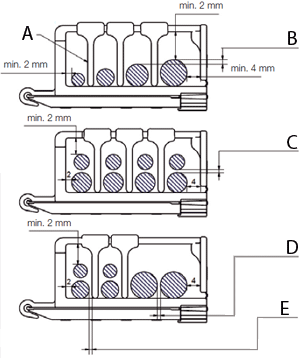
A = separate cables with crossbars
B = Insert cables sorted according to diameter
or bending radius. Insert thin,
small ones inward – then increasingly
bigger ones outward.
C = Not more than two cables on
top of each other.
10% of the larger diameter or a minimum
of 1 mm between
all cables
D = 10% of the larger diameter or a
minimum of 1 mm
between all cables
E = 10% of the larger diameter or a
minimum of 1 mm
between all cables and separators
twisterband version with easy locking:
TB12.23.09.x.01.0 | TB20.44.12.x.01.0
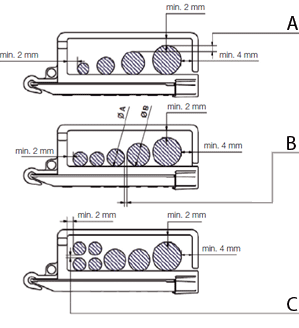
A = insert cables sorted according to diameter
or bending radius. Insert thin,
small ones inward – then increasingly
bigger ones outward.
B = A minimum of 1 mm or
10% of the larger diameter => Ø B
between all cables
C = Not more than 2 cables on top of
each other.
A minimum of 1 mm or
10% of the larger diameter
between all cables
Assembly: Mounting brackets
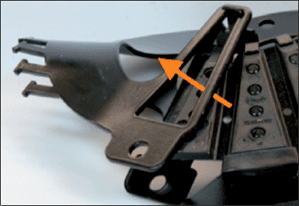
1. Insert twisterband between the steel parts.
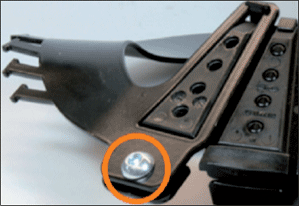
2. Secure the twisterband by screwing the mounting bracket in place.
Assembly: guide shaft
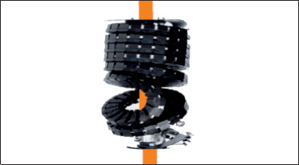
Insert a centric shaft as a guide for vertical installation orientations starting at 1500° rotation angles.

Generally, insert a centric shaft as support for horizontal installation orientations.
Assembly: Strain relief
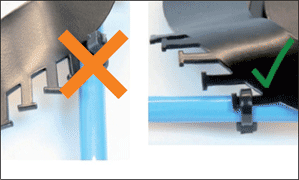
- Strain relief the cables on both ends
- Ensure that the cable tie lock does not
point in the direction of
the energy chain
Final position:
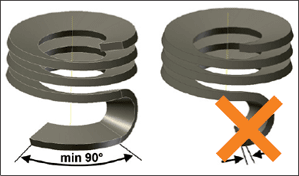
The twisterband must not be twisted up to the end. To avoid excessive strain on the cables, a min. reserve of 90° must be planned in front of each mounting point.
More than 100,000 products available! Delivery and consultation Mon-Fri from 7am-8pm and Sat from 8am-12pm!